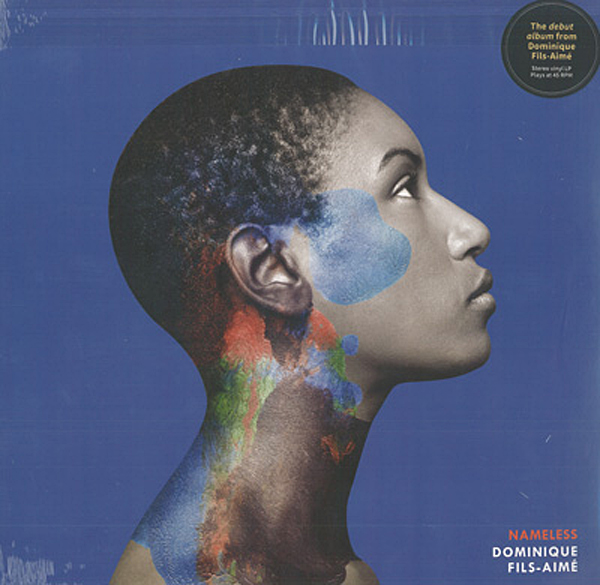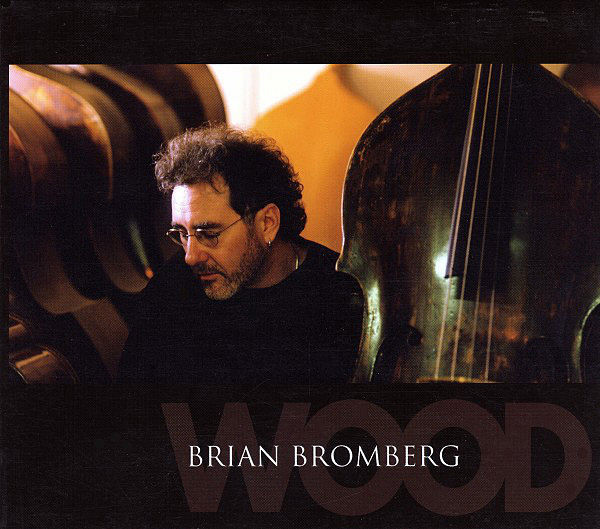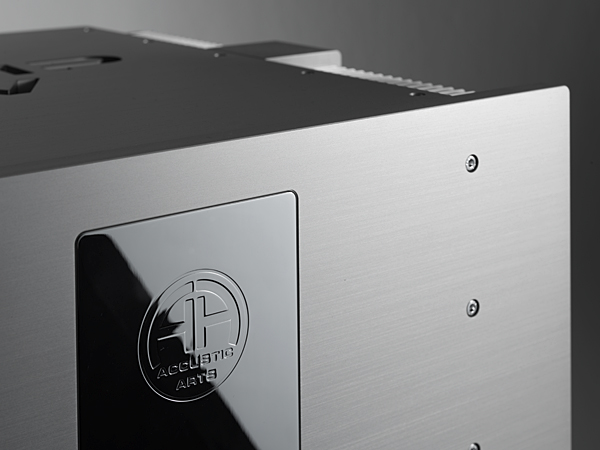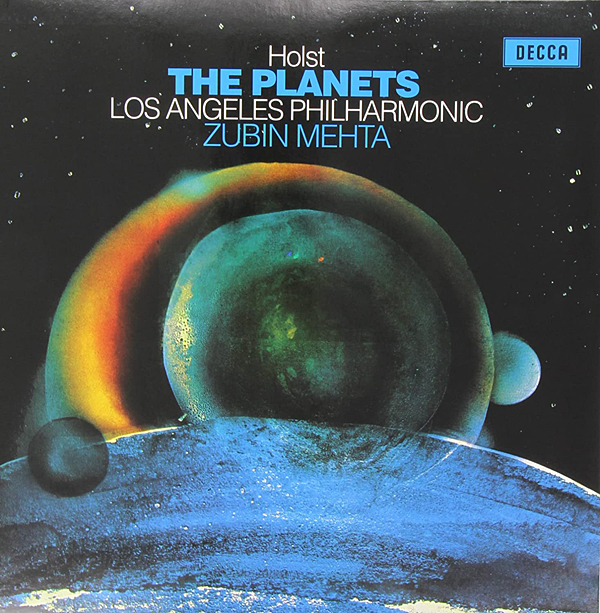| Columns Retired Columns & Blogs |
We have a dish in Ireland, Google it
It's called champ.i guess
You guys are going all Michelin star on us.What a load of crap,oh I know I will get berated so what my bottle of wine cost more than yours
Although my cellar ain't the best and the ambience is lacking.
Old farts!!
Shoot me now!
Sorry for trolling but I
Felt a movement....


















































